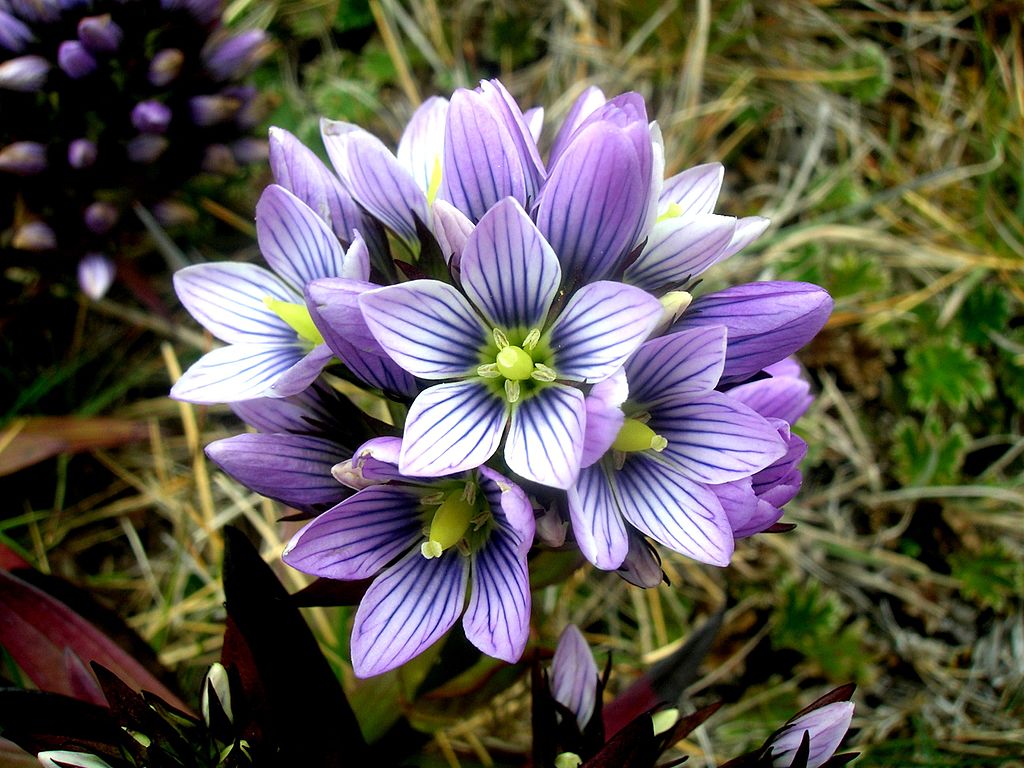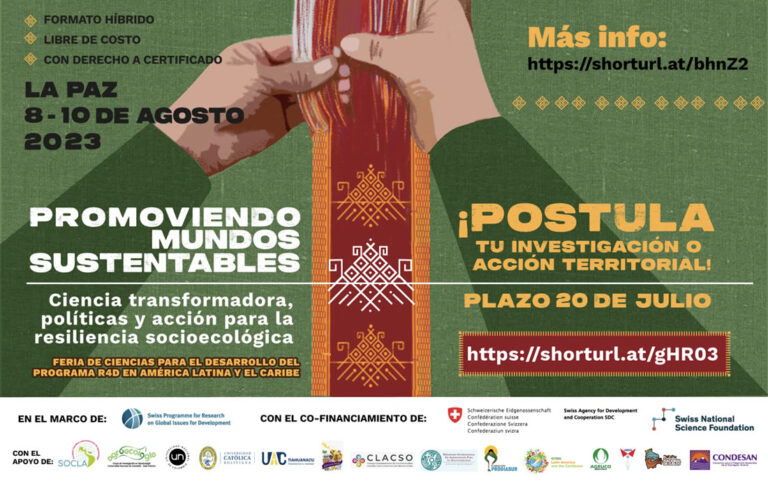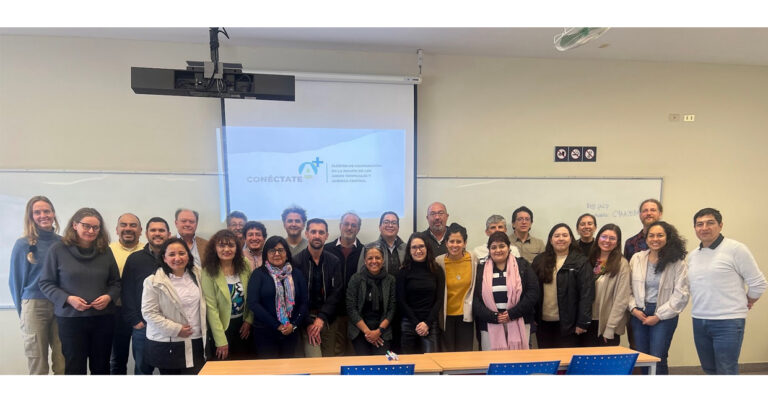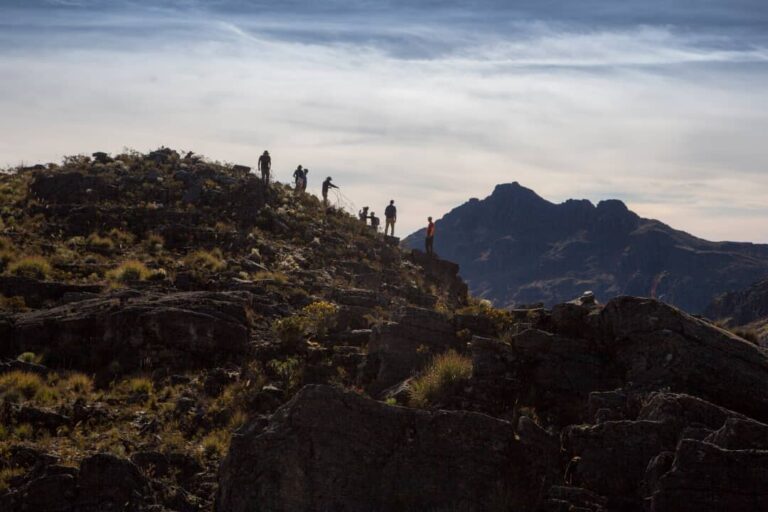The GLORIA-Andes Network continues to provide essential knowledge to understand how native species experience the effects of climate change in high Andean ecosystems. A new study analyzes how the most common plants of paramos and punas manage to overcome geographic barriers to disperse their seeds. The article «Strategies of diaspore dispersal investment in Compositae: the case of the Andean highlands», was published in the journal Annals of Botany with the participation of 29 researchers from all the Andean countries, associated to the GLORIA-Andes network.
The study analyzes 125 plant species in 47 summit communities, determining from the characteristics of their seeds, how much each plant «invests» in dispersal. This is important in alpine habitats like the Andes, which are naturally fragmented. Mountains are like islands in the sky, separated by geographic and climate factors, so plant dispersal strategies are a key element in maintaining populations. At present, two main barriers divide the Andes mountain range: the Huancabamba depression in Peru, which separates the Northern Andes from the Central Andes, and the changes in altitude and precipitation that occur between the Central and Southern Andes, where the mountain ranges narrow. But these barriers are not permanent over time, and it is possible that climate change will affect them, so it is essential to know the different strategies that Andean plants have developed to disperse their seeds.
The GLORIA-Andes Network is a regional long-term monitoring platform that studies the impacts of climate change on the biodiversity of high mountain ecosystems in the Andes, in 74 summits located from Venezuela to Chile and Argentina. This South-South cooperation network, made up of Andean research centers and institutions, has been in constant activity for more than 10 years. With this work, the network contributes once again to provide information based on quantifiable and standardized data, essential to assess the impacts of climate change in the Andes.








